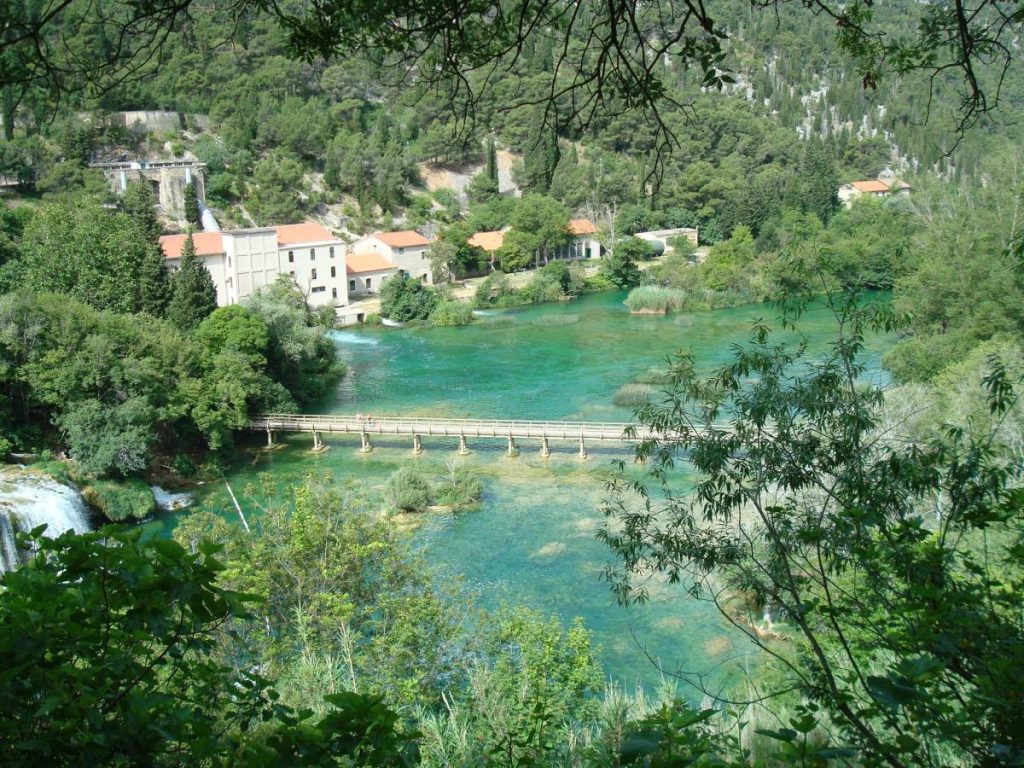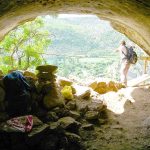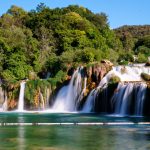Continuing our series on Krka National Park beyond its famous waterfalls, a look to its industrial heritage on March 26, 2018
If you had to list a couple of attractive features of a certain national park, nothing related to industry would probably cross your mind. And yet, Croatia sometimes tends to surprise – Krka National Park does, indeed, house some priceless industrial heritage.
Right next to the iconic Skradinski Buk waterfall, you’ll find Jaruga Hydroelectric Power Plant, the first alternating current power system in Croatia. An impressive fact for the NP to boast, but there’s more: the Jaruga is the second oldest hydroelectric power plant in the entire world, having opened only two days after the world’s first – Tesla’s hydroelectric power plant on Niagara Falls. It should be noted that the Jaruga was also constructed after Tesla’s design.
The Jaruga was originally designed to power the street lights in the Dalmatian city of Šibenik. Owing to that, Šibenik is now known as the first city in the world whose street lights were powered by a polyphasic system of alternating current.
So, how did the Jaruga power plant first come to be? In 1893, Šibenik’s mayor Ante Šupuk, his son Marko and a certain engineer named Vjekoslav Meichser started a business together, then obtained a license to use the waters of the river Krka – a sort of a concession agreement, so to speak. A year later, they obtained a a permit to set up electrical power lines on municipal property so they could start lighting the streets of Šibenik with electric power.
The construction of Jaruga power plant started in 1894 and lasted over a year. The original plant was built at a different location, with its second version built in its current location in 1903. The two generators and the transformers were manufactured and installed at Krka by the Hungarian company Ganz. The transmission line from the Jaruga to the city was 11 kilometres long, spanning along wooden towers; the municipal distribution grid included six transformer stations.
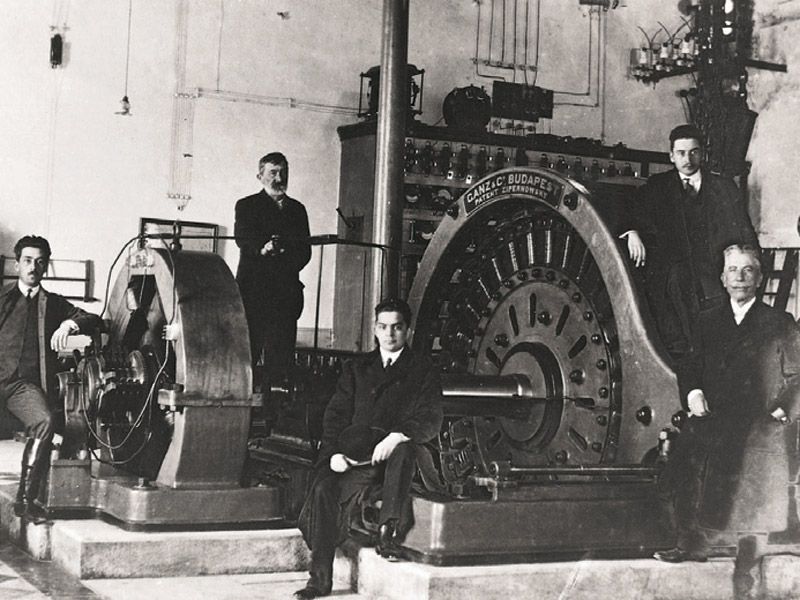
The original Jaruga plant supplied enough electricity to power 340 street lights in Šibenik – covering the majority of the public spaces in the city, the total cost amounting to half of the previously used petroleum-powered system. Soon thereafter, the current originating from Krka was used to power mills, oil and pasta factories, theatres, cafés, reastaurants, and several private households.
What about the water supply for the power plant? Well, considering we’re talking about Krka here, there was no shortage of supply: the river Krka measures some 56 kilometres from its spring to the point where it flows into the Adriatic Sea. Its total catchment area covers 2427 square kilometres, 142 of those located within the borders of Krka National Park. The river receives several significant tributaries along its course, includin Krčić, Kosovčica, Orašnica, Butišnica, Miljacka and Čikola. There are four other hydroelectric power plants operating along the river Krka: Golubić, Small Krčić, Miljacka, and Roški Slap. Jaruga has the highest annual output of the five, some 35 GWh on average.
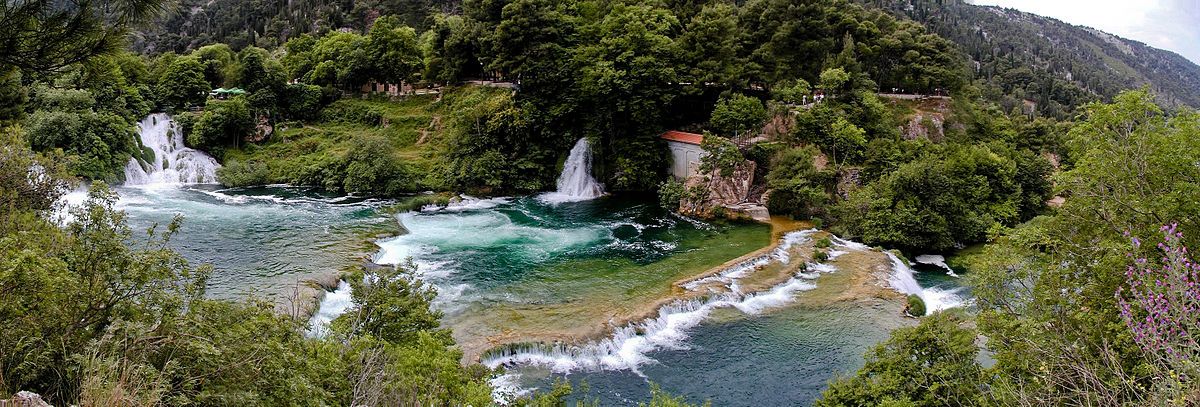
As mentioned, the Jaruga is the second version of the original plant built in the NP. It was refurbished on several occasions between 1916 and 2008, with the basic concept of the plan preserved to this day. The Jaruga is a run-off-the-river plant of diversion type, and it has no possibility of water regulation. Based on its capacity and annual output, it’s fair to say it’s a minor power plant, with its primary purpose being to power Krka National Park.
In 1995, Croatian Post printed a stamp to commemorate the Jaruga; the Croatian national energy company HEP lists the date when the Jaruga first started operating as its origin.
So, the next time you visit Krka National Park, make sure to stop by the Jaruga, where you’ll be greeted by an old turbine bearing witness to this amazing part of Croatia’s history. In a time where major European capitals such as Paris and London were still powered by monophasic current, the city of Šibenik was already light years ahead. Oh, and speaking of that world’s first power plant on Niagara Falls… the nearby city of Buffalo had to wait a year to see the first burst of power. For a while, Šibenik really was a metropolis in its own right.
To learn more about the attractions in Krka National Park, visit their official website.

